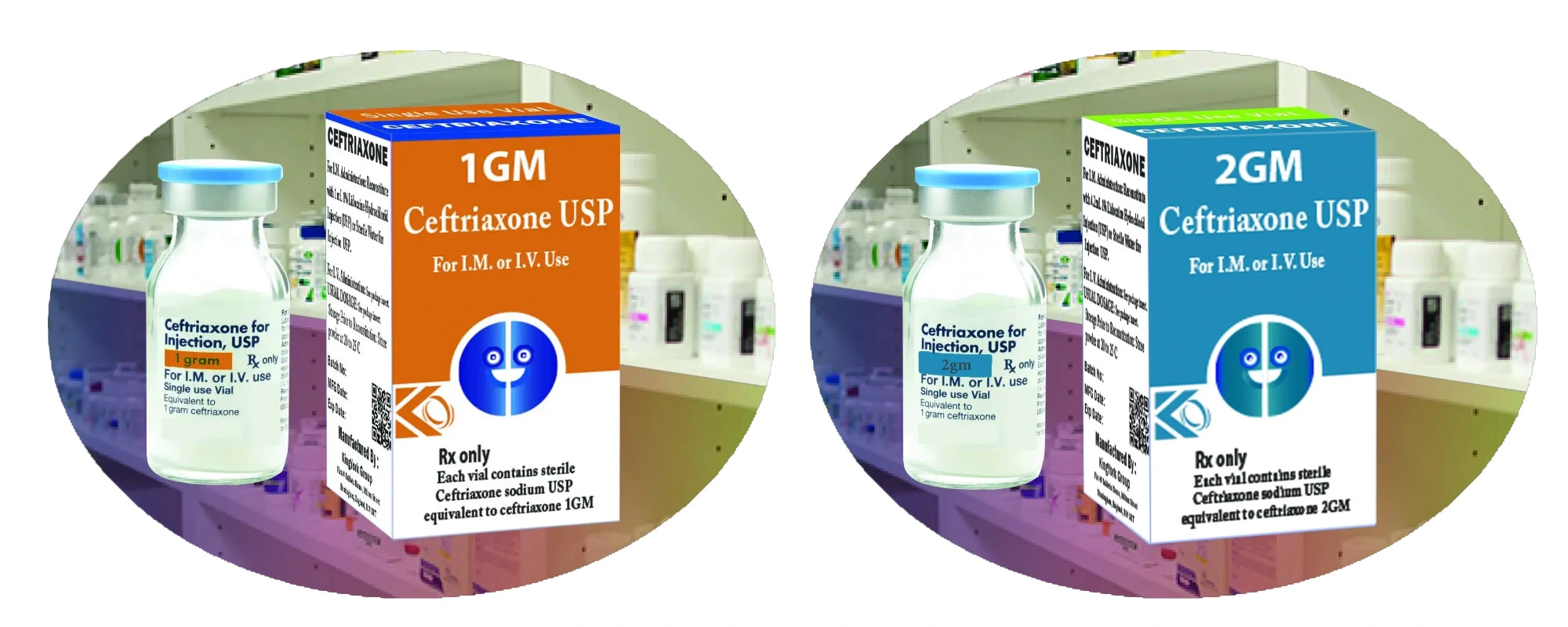Raw Materials for Vial injections
Pharmaceutical powder vials require several key raw materials in their manufacturing process. The vial itself is made of glass, providing an inert container for the drug product. The three primary raw materials are:
• Glass vials - These small glass bottles are designed specifically for injectable pharmaceuticals. The glass used must be of high quality and purity to avoid any interactions with the drug product. Borosilicate glass is commonly used for its chemical resistance properties. The vials come in different standard sizes such as 2mL, 10mL, and 50mL.
• Rubber stoppers - The rubber stopper sits inside the top of the vial and serves as a seal. The stopper is pierced by a needle to reconstitute the drug powder and extract the liquid solution. Stoppers are made of vulcanized rubber and contain an inert coating on the surface that interacts with the drug. Stoppers provide an airtight seal while allowing needle insertion.
• Aluminum seals - The aluminum seal (also called crimp cap) attaches to the top of the vial over the rubber stopper. It provides additional protection and tamper evidence. The crimp cap gets folded and pressed over the vial lip to securely fasten it. The aluminum used must be medical grade.
• Sterilization filters - Sterile filters are used at different points in the manufacturing process to remove bacteria and particulates. Filters typically contain membranes made of materials like polyvinylidene fluoride (PVDF), nylon, or polyethersulfone (PES). Sterilizing grade filters ensure no viable microorganisms pass through.
This covers the major raw material components that go into producing sterile glass vials for pharmaceutical powder injections. Stringent quality standards are enforced for each material type.
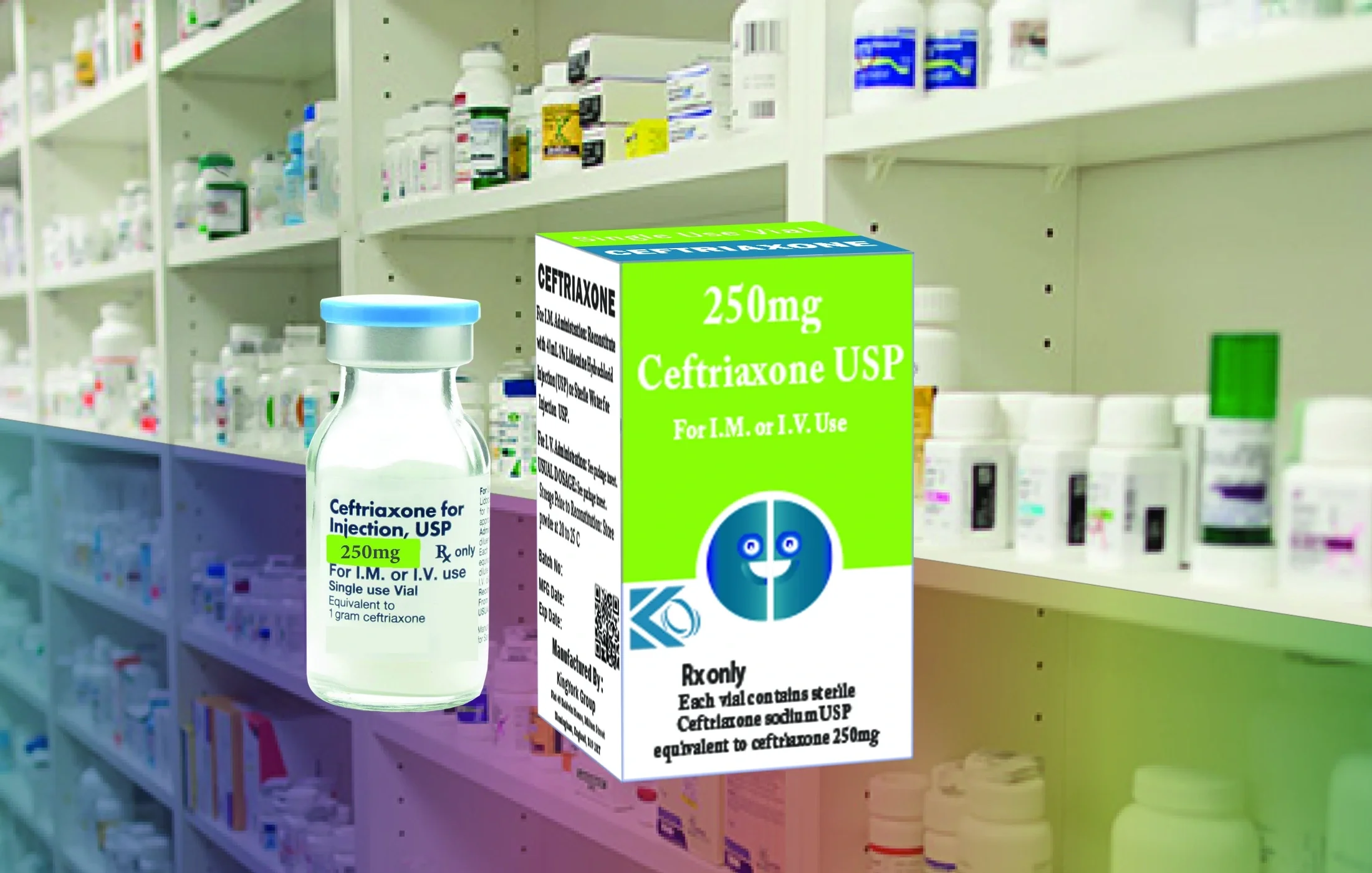
Ceftriaxone vials 250mg
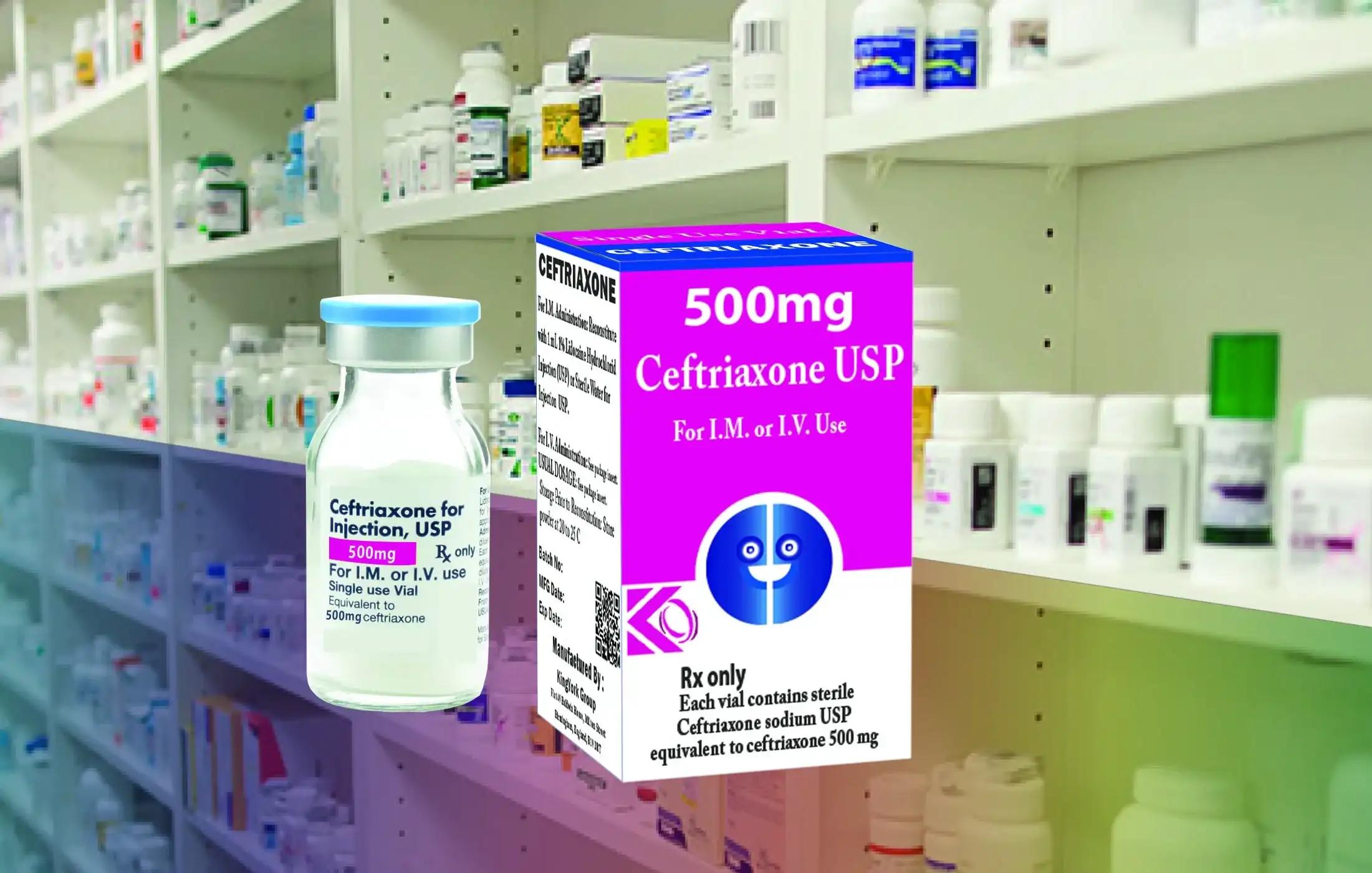
Ceftriaxone vials 500mg
Vial injections Manufacturing
Pharmaceutical powder vials are small glass containers designed to hold powder medications. The manufacturing process to create these vials is highly specialized, requiring expertise in glass blowing and molding.
The glass used for pharmaceutical vials must be of the highest optical quality with high chemical resistance. The raw glass material is first heated to extremely high temperatures in a furnace, making it soft and malleable. Glassblowers then use metal tools and specialized molds to shape the glass into hollow vial containers.
Automated machines can also be used for mass production of vials, precisely blowing the glass into predefined molds. The vials may go through multiple heating and reshaping steps to attach the neck, create the bottom, and form other features.
Throughout the manufacturing process, rigorous quality control and testing is conducted. Samples are examined to ensure the vials meet exact specifications for dimensions, wall thickness, integrity, and defects. Advanced vision inspection systems can automatically detect flaws in the glass.
The vials also undergo hydrolytic resistance testing by being placed in high-temperature ovens for extended durations. This verifies they will not interact with or leach compounds into the medication they will eventually contain.
Only vials that pass all quality standards move forward in the pharmaceutical manufacturing process. The result is glass containers with consistent quality capable of safely holding sensitive drug compounds.
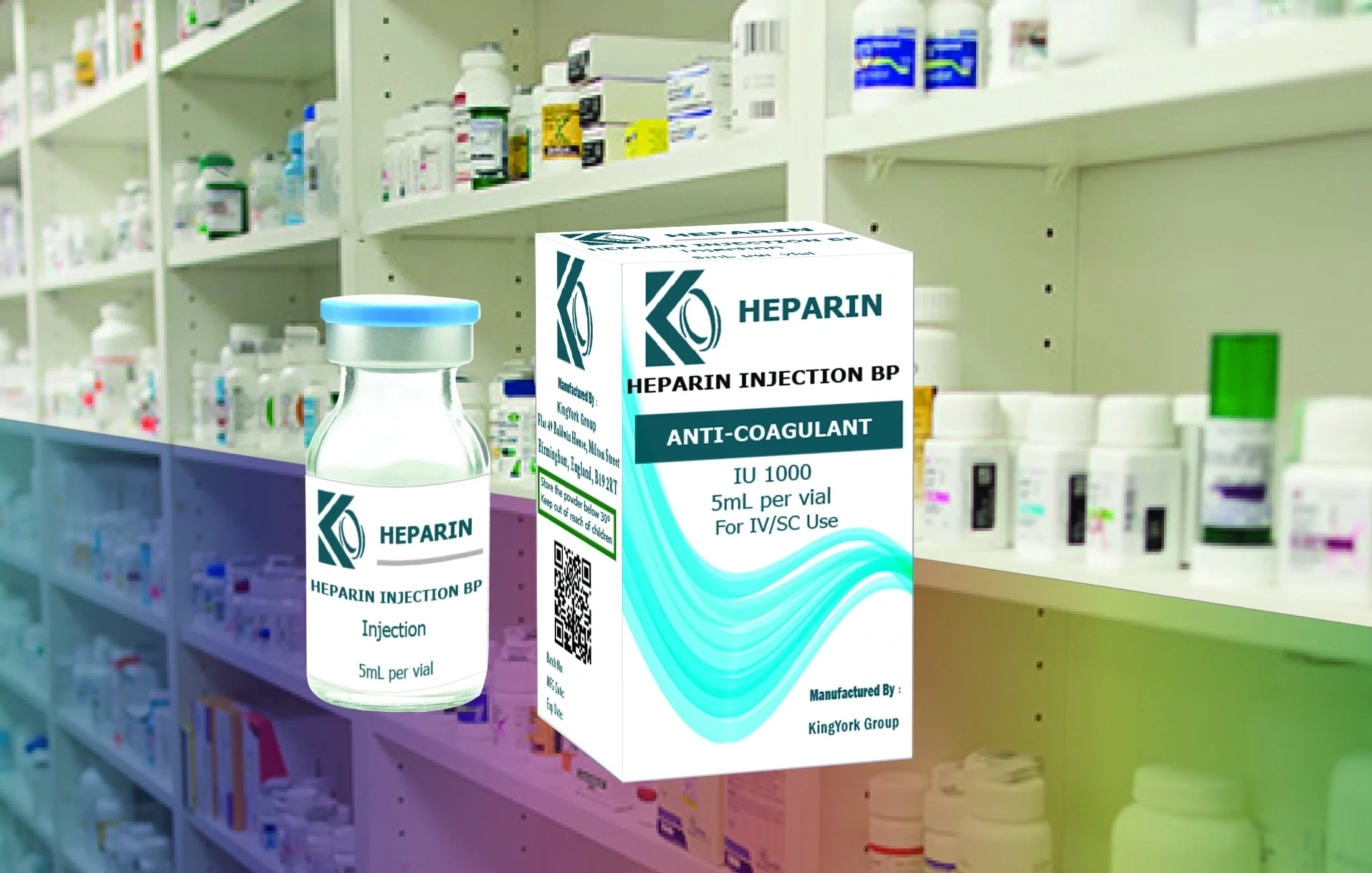
heparin vials
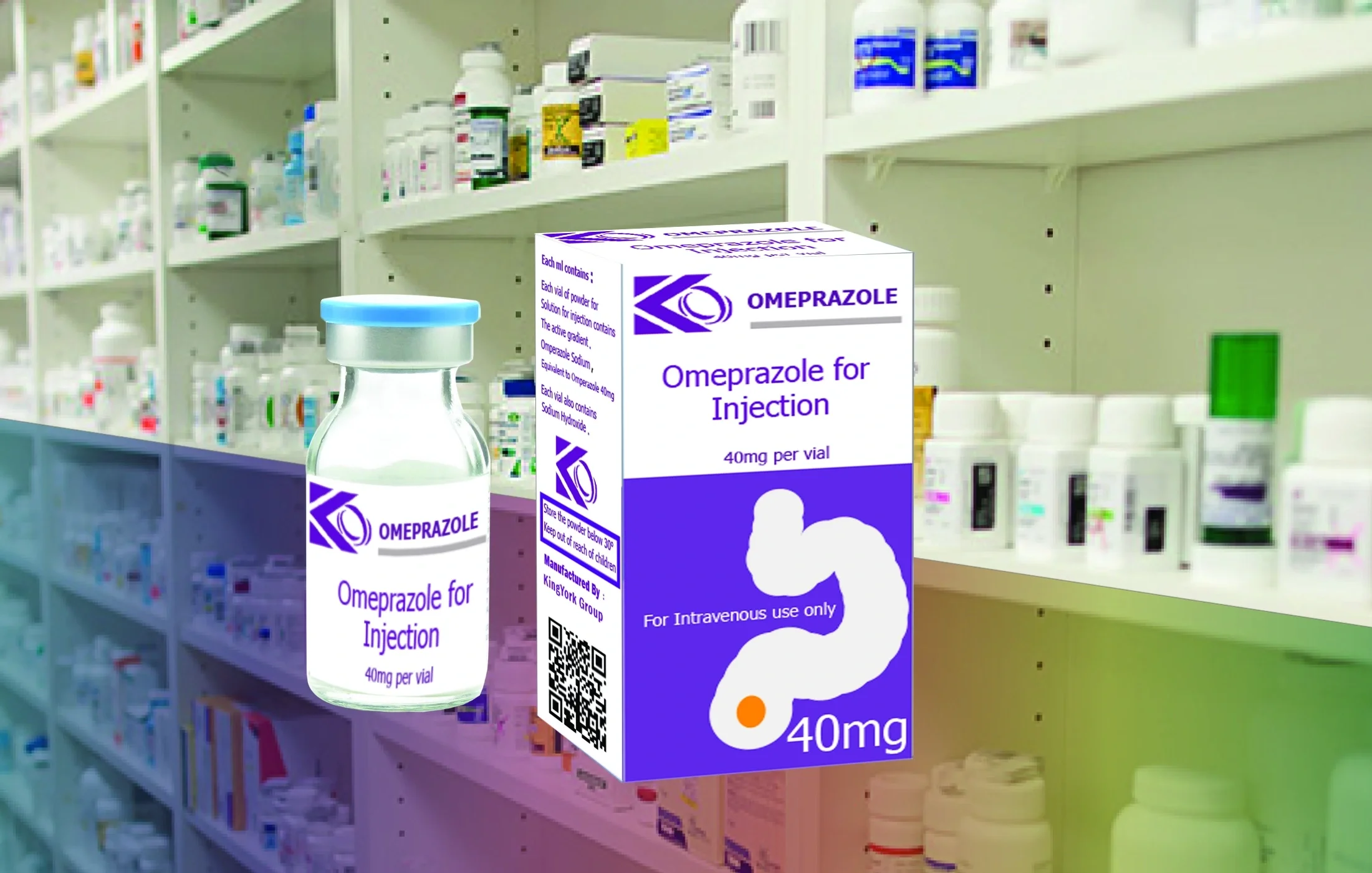
Omeprazole vials 40mg
Vial Washing and Sterilization
Vials go through extensive cleaning and sterilization processes before being filled with medication. This ensures no contaminants remain that could compromise the safety or potency of the drug product.
Detergent Washing:
After forming, vials are thoroughly washed with detergent solutions to remove oils, dust, and other debris. The vials are rinsed multiple times to eliminate any detergent residue. Proper cleaning removes microscopic contaminants and prepares the vials for further sterilization steps.
Rinsing:
Vials undergo multiple stages of rinsing with purified water. Rinsing eliminates detergent residue and further removes contaminants through mechanical action. The rinse water is continuously filtered and monitored to validate its purity. Thorough rinsing prevents detergent reactants or endotoxins from remaining on the vial surfaces.
Depyrogenation:
Depyrogenation is the process of removing pyrogens, substances that can cause fever if injected into the body. Glass vials are depyrogenated by dry heat treatment at temperatures over 300°C. The high heat denatures and destroys any pyrogens present. Depyrogenation renders the vials sterile and safe for pharmaceutical use.
Sterilization Methods:
The most common sterilization methods for injection vials are autoclaving and dry heat treatment. Autoclaving uses pressurized steam at 121°C for over 15 minutes to achieve sterility. Dry heat treatment exposes vials to temperatures of 160-180°C for 2-4 hours. These validated sterilization processes ensure no viable microbes remain prior to filling and sealing. Sterile vials prevent product contamination and patient infection when used for injections.
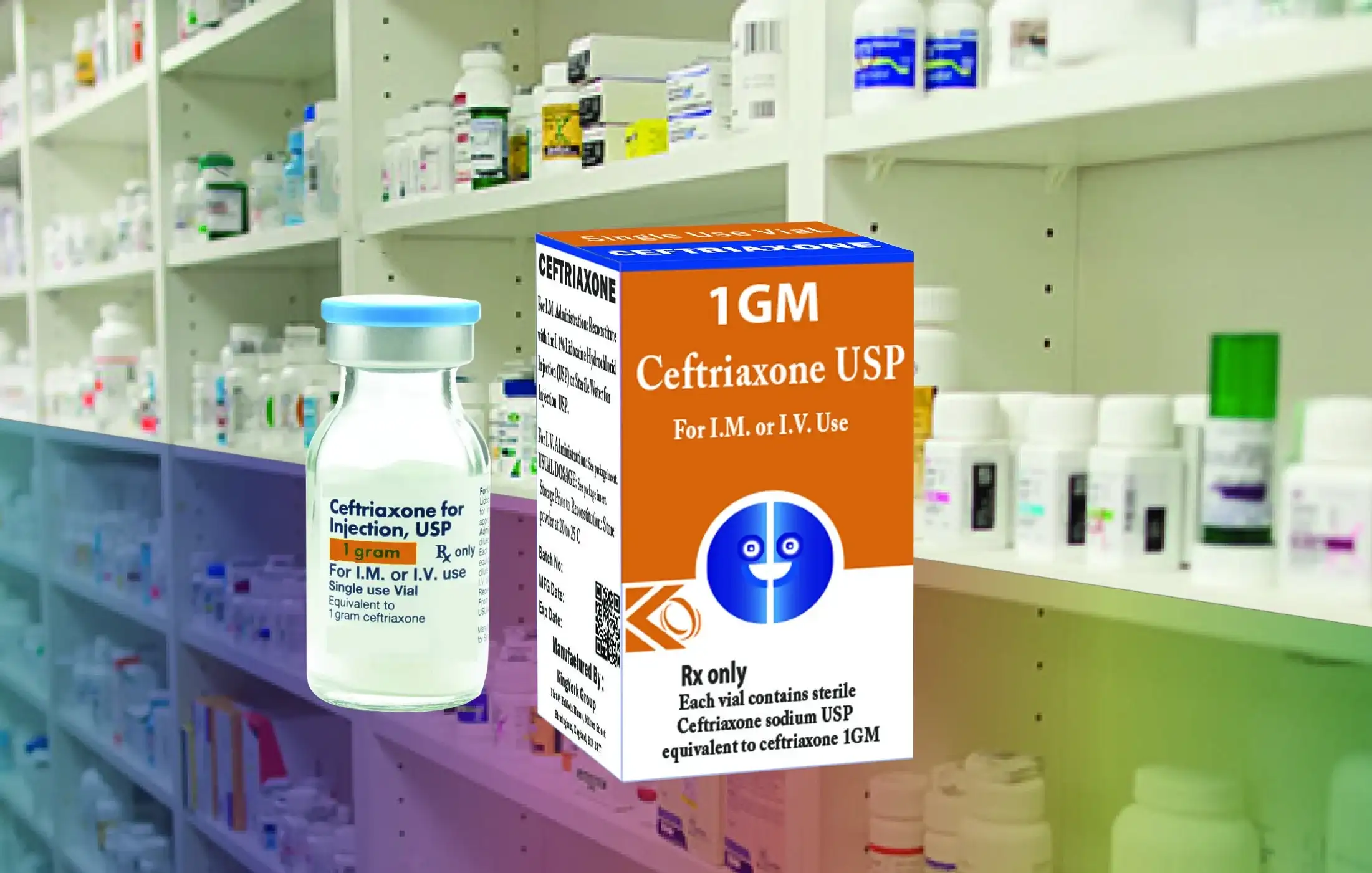
Vial injections
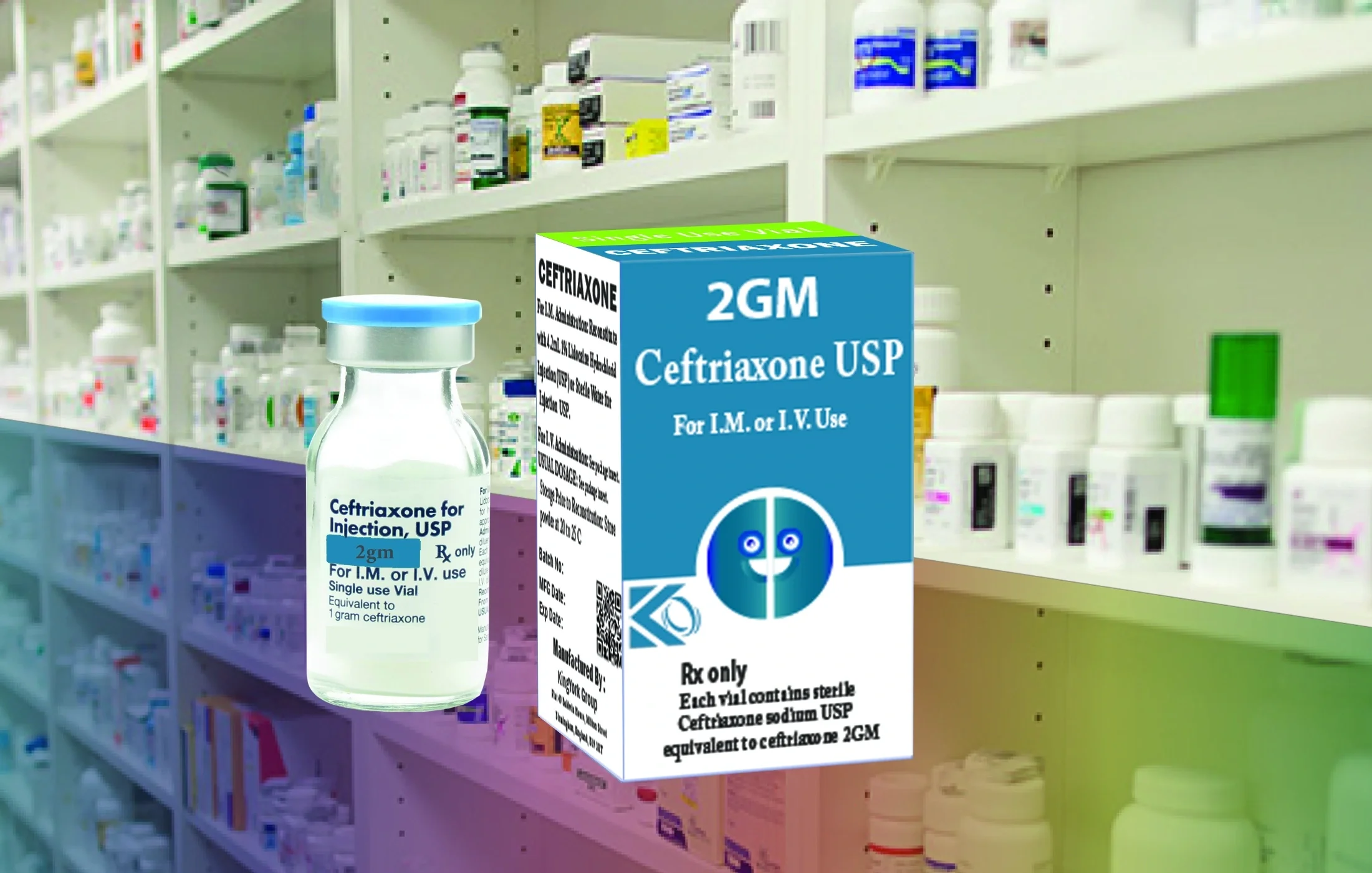
Vial injections
Filling and Stoppering
The filling and stoppering process for pharmaceutical powder vials is a critical step that ensures proper dosage and sterility.
Powder Filling Process
Pharmaceutical powders are precisely filled into sterilized glass vials through automated filling machines. The powder can be dispensed via rotary, piston, or timed gravimetric filling methods depending on factors like bulk density, particle size, and dose volume. Filling equipment is designed to provide highly accurate fills and minimize powder loses. The entire filling process takes place in a low-humidity environment to prevent powder clumping.
Lyophilized Products
For lyophilized or freeze-dried pharmaceutical products, the liquid formulation is first filled into vials and then freeze dried to remove water, leaving a powder cake. The vials are then backfilled with inert gas before stopper insertion to maintain product stability. Lyophilization creates a durable, sterile powder that can be easily reconstituted to solution.
Stopper Insertion
After filling, rubber stoppers are pressed into the vial openings to seal the powder content inside. The stoppers are made of elastic materials like butyl rubber that allow easy needle insertion while maintaining a hermetic seal. Automated stopper insertion machines orient and press-fit the stoppers into place. The stoppered vials then move on for oversealing and capping.
Sealing
Pharmaceutical vials are sealed to ensure product sterility and prevent contamination or tampering. The most common sealing methods for powder vials are aluminum seals and crimping.
Aluminum seals are thin discs made of aluminum that are placed on top of the vial opening after filling and stopper placement. The soft aluminum conforms to the vial finish geometry when compressed by the crimping process. Aluminum seals provide an excellent bacteria and moisture barrier while allowing easy removal prior to use. They are inert and compatible with nearly all drug products. The seals are embossed or printed with manufacturer logos and anti-counterfeiting features.
Crimping is the process of securing the aluminum seal onto the vial. A crimping machine applies pressure and folds the edges of the vial finish inward and over the seal, creating a tight closure. The crimping parameters like pressure and dwell time are precisely controlled to ensure uniform sealing across vials. Operators conduct regular validation testing to confirm the crimping process consistently achieves the specified removal torque that indicates a robust seal. Proper crimping is critical for patient safety, as under-crimping can allow ingress of microbes while over-crimping makes removal overly difficult.
Secondary Packaging
Once the primary packaging of vials is complete, the next step is secondary packaging to prepare the vials for transportation and sale. This involves several key steps:
Labeling
Each vial receives a label that contains important information like the drug name, dosage, batch number, and expiration date. Labels help identify the contents and provide tracking throughout the supply chain. Labels are applied through automated labelers to ensure consistency and accuracy. Strict controls are in place for label generation and application.
Cartoning
After labeling, vials are loaded into cartons, usually made of cardboard. Cartons protect the vials during handling and shipping. Cartons hold a specified number of vials, such as 10 or 25, for easy counting. Cartons are barcoded for identification and tracking purposes. Automated cartoners gently place vials into cartons and seal them.
Bundling
Once filled, cartons are bundled together into larger bundles and overwrapped in plastic. Bundling groups cartons together for convenient handling during storage and shipping. Bundles can contain a dozen or more cartons based on the vial count per carton. Automation helps rapidly form precise bundles to meet order requirements. Proper bundling ensures cartons remain intact throughout the distribution process.
Secondary packaging represents the final steps in preparing vials for shipment to customers. Proper labeling, cartoning and bundling maintains product integrity while also enabling tracking and inventory management through the supply chain. Pharmaceutical companies follow stringent protocols and automation to ensure accuracy in secondary packaging.
Quality Testing
Ensuring the quality and safety of pharmaceutical powder vials is critical. Companies utilize several key quality tests during and after manufacturing.
Leak Testing
Leak testing checks for container leaks that could compromise sterility or allow powder leakage. It is typically conducted on sampled vials following filling and sealing. Testing methods include:
• Dye ingress testing: Vials are submerged in a dye solution to reveal leaks by dye penetration.
• Vacuum decay testing: Vials are placed in a vacuum chamber and monitored for pressure changes indicating leaks.
• High voltage testing: An electric current passed through conductive stoppering material reveals imperfect seals.
Sterility Testing
Sterility tests check for microbial contamination in sampled vials. Test methods include direct inoculation to validate sterilization processes and particulate matter assays to detect contamination.
Sampling Methods
Statistically valid sampling is crucial for quality tests. Samples are drawn aseptically and tested per pharmacopeia guidelines. Sampling follows standards such as ANSI/ASQ Z1.4 for acceptance quality levels. Large batches may require 100% inspection for critical defects.
Regulations
The manufacture of pharmaceutical powder vials is highly regulated to ensure quality, safety, and efficacy of the final drug product. The main regulations governing pharmaceutical vial production in the United States are the FDA's current Good Manufacturing Practice (cGMP) regulations and guidance documents.
The cGMP regulations outline minimum requirements for the methods, facilities, and controls used in manufacturing, processing, packing, and holding of drug products. They aim to ensure that a drug product meets requirements for identity, strength, quality, and purity. Some key cGMP requirements for vial manufacturing include:
• Documented procedures - Manufacturers must have written procedures for production and process control to ensure consistency and compliance with specifications.
• Quality control unit - A quality control unit must independently review production records to ensure all procedures were followed and specifications were met.
• Equipment calibration and maintenance - All equipment used must be routinely calibrated and maintained to ensure proper performance.
• Environmental controls - Facilities must be maintained in a clean and sanitary condition, with proper temperature, humidity, and air filtration controls.
• Container closure integrity - Tests must be conducted on containers and closures to verify there are no leaks or defects.
• Stability testing - Drug products must be tested over time to ensure they retain their quality and efficacy throughout their shelf life.
• Validation - Manufacturing processes, cleaning procedures, analytical testing methods, and other system aspects must be validated to ensure they consistently produce quality products.
In addition to cGMPs, the FDA provides industry guidance documents on topics like container closure systems, sterilization, and inspection of glass vials. Following cGMPs and FDA guidance is mandatory for pharmaceutical vial manufacturers supplying the US market. Regulatory agencies in other countries have similar requirements to ensure the quality of vials.
Future Outlook
The pharmaceutical powder vial industry is evolving to incorporate new technologies and address sustainability concerns. Some key trends shaping the future landscape include:
Emerging Technologies:
• RFID tracking for improved inventory management and anti-counterfeiting measures
• Automated visual inspection systems using AI for enhanced quality control
• Advanced aseptic isolators and robotic handling to minimize contamination risks
• Novel glass and stopper materials for increased performance and stability
Automation Trends:
• End-to-end automated assembly lines for faster, more consistent production
• Robotics and software integration for flexible, lights-out manufacturing
• Advanced process analytical technologies for real-time monitoring and control
Sustainability Efforts:
• Lightweighting of glass vials and packaging to reduce materials usage
• Recycling programs to minimize waste going to landfills
• Renewable energy utilization in manufacturing facilities
• Evaluation of bio-based and compostable materials for stoppers and components
Registration:
We will prepare registration documents and certificates as necessary.
Product List - Vial Injections
| Product Name |
Strength |
| Omeprazol 40 mg IV VIAL |
10ml or 5ml |
| Pantoprazole Sodium for Injection |
40mg |
| Lansoprazole for Injection |
30 mg |
| Ceftriaxone 1gm/10ml IV VIAL |
+10ml water |
| Ceftriaxone 1gm/10ml VIAL |
+Lidocain 1% |
| Ceftriaxone IM/IV VIAL |
500mg/15 ml |
| Ampicillin Na VIAL |
0.5 g/Vial |
| Ampicillin Na VIAL |
1g/Vial |
| Cefotaxime Sodium for VIAL |
1g/Vial |
| Ceftazidime For I.M/I.V VIAL |
1g/Vial |
| Cefepime For I.M/I.V VIAL |
1g/Vial |
| Meropenem VIAL Injection |
1g/20ml/Vial |
| Procaine Penicillin(0.4mega/7ml) |
400.000 U/7ml |
| Procaine Penicillin(0.6mega/7ml) |
600.000 U/7ml |
| Procaine Penicillin(1.2mega/7ml) |
800.000 U/7ml |
| Procaine Penicillin (0.8mega/7ml) |
1200.000 U/7ml |
| Benzathine Penicillin for Injection |
1.2mega/7ml |
| Vancomycin Hcl injection 500mg |
500mg/Vial |
| Vancomycin Hcl injection 500mg |
1g/Vial |
| Heparin Sodium Injection |
5ml:5000 units |
| Heparin Sodium Injection |
5ml:25000 units |
| Amoxicillin Na and Clavulanate Potassium for Inj(augmentin) |
G Powder 1.2 |
| Amoxicillin Na and Clavulanate Potassium for Inj(augmentin) |
G Powder 0.6 |
| lyophilized Hydrocortisone Na Succinate |
3ml:0.1gm |
| aseptic lyophilized Hydrocortisone Na Succinate |
7m:0.1gm |
| Phenobarbital Sodium Injection |
1ml:0.1g |
| Piperacillin Sodium and Tazobactam Na for Inj |
4.5g |


